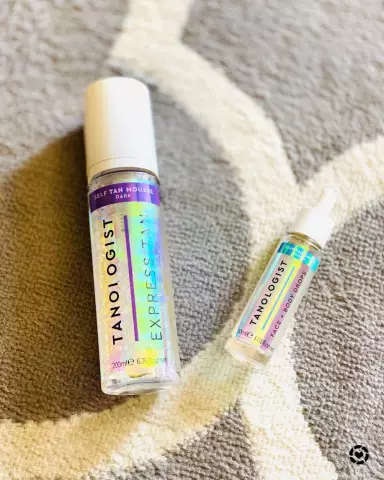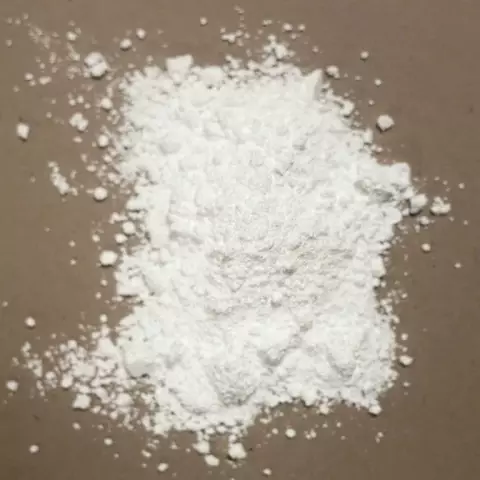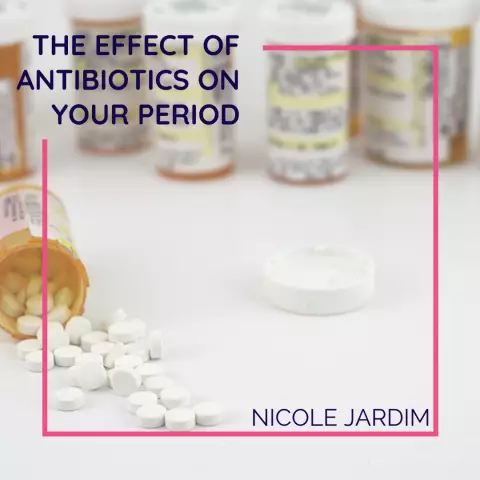- Author Rachel Wainwright [email protected].
- Public 2023-12-15 07:39.
- Last modified 2025-11-02 20:14.
Is self-tanning harmful

A beautiful, even tan in our temperate latitudes is perceived as a sign of health and well-being, and undoubtedly has aesthetic appeal. Self-tanning products allow you to easily and quickly "tan" without being exposed to ultraviolet radiation. With ultraviolet light, everything is clear - an excess of it is not very good for health. The question is, isn't self-tanning more harmful? Let's try to figure out whether self-tanning is harmful or safe.
Self-tanning is of two types. The most common type is a topical spray or cream. The product is applied to the skin, then a tan gradually appears within 2-3 hours. Typically, the active ingredient is dihydroxyacetone (DHA), the content of which mainly determines whether this type of self-tanning is harmful. Dihydroxyacetone is a saccharide made from sugar beets. When applied to the skin, it binds to skin proteins, but only at a superficial level, not penetrating beyond the epidermis. Therefore, the tan acquired with dihydroxyacetone does not last long, no more than 4 days, and then disappears as the old cells of the epidermis slough off and new ones form.
Thorough studies to determine whether self-tanning is harmful or not have found any harmful effects of products containing dihydroxyacitone. Topical self-tanners can even be used by pregnant women. The only limitation applies to alcohol, which is part of all such products. Alcohol is known to dry out skin, so frequent use of self-tanning products can dry out your skin. However, this does not mean that this method is harmful, since the side effect can be easily avoided by limiting the use of self-tanning - no more than once a week, and at the same time applying moisturizers to maintain the moisture balance of the skin.

The second type of self-tanning is achieved with tablets taken by mouth. When people say self-tanning is bad, they mean pills. Self-tanning tablets contain canthaxanthin, a carotenoid substance. This substance is also known as E161g according to the International Food Additive Labeling and is an orange colored dye. Once inside the body, it is absorbed by cells and stains tissues from the inside. This type of self-tanning lasts longer than the external one, but it has serious drawbacks.
Canthaxanthin tends to accumulate in tissues, causing cell damage. This primarily concerns the cells of the liver, retina and gastrointestinal tract, which is why the use of E161g is prohibited in many countries.
The conclusion is as follows: self-tanning is harmful if pills are used for it, and harmless if it is carried out using external agents.
Found a mistake in the text? Select it and press Ctrl + Enter.






